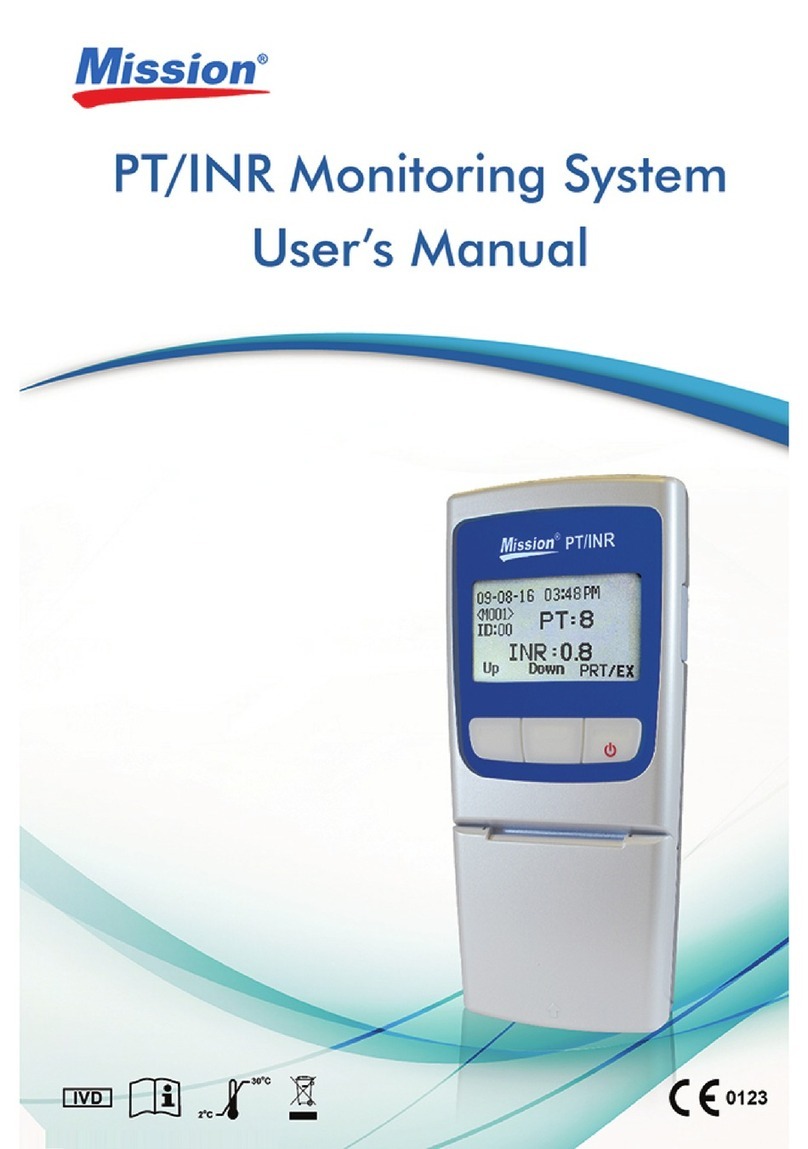
7
Wiring Best Practices
Note: Mount the supplied transformer outside the Mission enclosure.
• Signal cables should not run parallel with high voltage AC wires (load conductors).
• Where signal wires and load conductors must cross, do so at right angles.
• High voltage should not enter the Mission RTU.
• Lay wires in wire trays with the excess near terminations. Replace wire race covers
(follow NEC and your local/state electrical codes requirements).
• Cables used for digital and analog inputs should be 18–22 gauge, shielded, twisted pair
wire with the shield connected to ground at the RTU and not on the other end of the cable
(to prevent ground loop current).
• MOVs can be installed across AC contactor coil terminals to shunt voltage spikes away from
the RTU inputs and other electronics in the panel. Voltage spikes can be caused by coils
de-energizing. The included MOVs are rated for 120 volt circuits and will suppress excess
voltage above 150 volts. These parts are application dependent. They have a nite lifespan
and will need to be replaced over time.
Antenna Best Practices
Do Don’t
Mount the antenna outside and high as possible,
preferably above the roof or other objects.
Mount the antenna underground, in a dry well, or
inside a canned lift station.
Mount the antenna above all metal surfaces close
to the installation.
Mount the antenna horizontally or bend the antenna
whip.
Coil excess coax in circles of 5 to 7 inches in diam-
eter. Pinching or tight bends in the coax can restrict
the high frequency/low power radio signal path in
much the same way water ow is restricted through
a tight bend in a hose.
Mount the antenna inside a metal control cabinet.
Even berglass cabinets degrade the signal.
Ensure that the weight of the cable does not
damage the antenna base. There should be enough
slack in the cable so it does not rest or touch the top
surface of the mounting bracket.
Mount the antenna on the side of a metal cabinet
or adjacent to a tank. Metal surfaces will reect
the radio signal, preventing it from traveling in all
directions.
Incorporate a drip loop when installing the cable to
prevent water from penetrating into the building or
enclosure.
Cut, lengthen, or shorten the coaxial cable.
Mission can supply antenna extension cables and
connectors up to 50 feet. For lengths above this
limit, another RTU mounting location should be
considered.





























